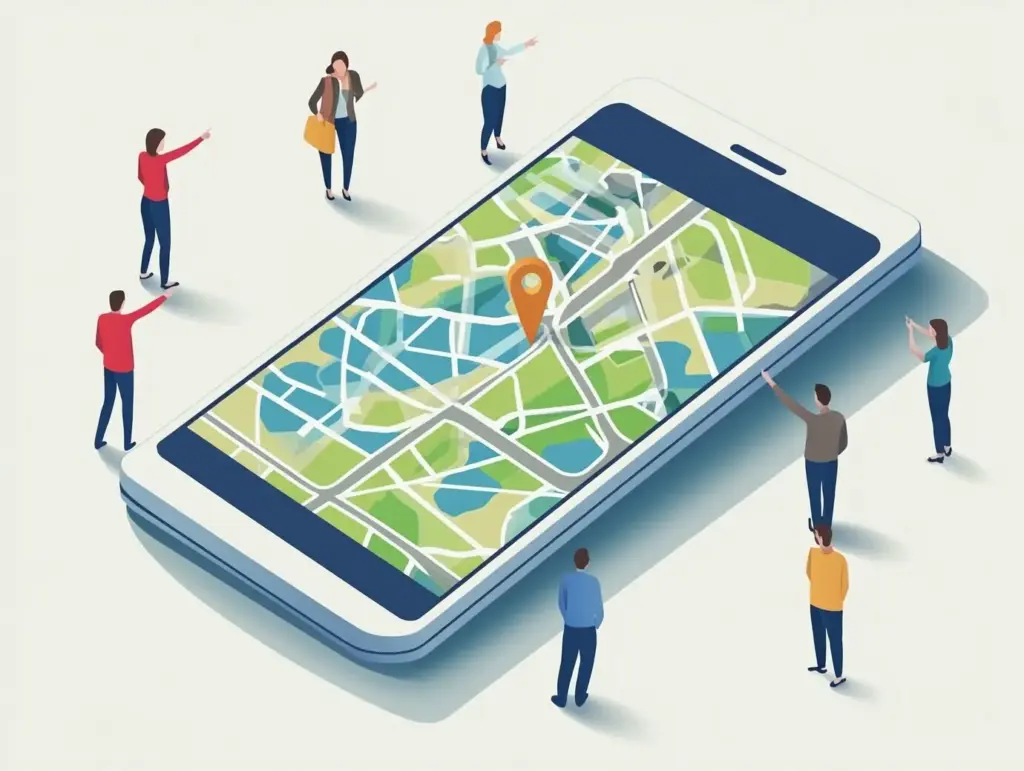Reskilling for the Age of Automation
Mapping the Automation Shift

Task Displacement Versus Human Augmentation
When machines handle routine, predictable tasks, people can focus on judgment, creativity, and coordination. This shift rarely lands all at once; it arrives in waves across workflows. Break roles into tasks, identify which steps are automatable, and plan transitions that redirect effort toward higher-value outcomes. Share before-and-after task maps with teams to build trust, align expectations, and invite ideas. Your goal is progress without whiplash, protecting dignity, income, and momentum as responsibilities evolve.

Industries Leading the Way
Manufacturing, logistics, healthcare, financial services, and retail often move first because of scale and measurable processes. Watch how predictive maintenance, computer vision, and digital twins redefine plant work, while automated triage and analytics reshape clinics and back offices. Observe early adopters to understand sequencing, pitfalls, and talent strategies that work. Borrow playbooks, not just technologies, and adapt them to your culture. Invite frontline voices early; they notice practical friction and opportunities long before executive dashboards do.

Skills That Outlast Machines
While tools evolve quickly, certain capabilities compound in value: critical thinking, communication, adaptability, data literacy, collaboration, and ethical judgment. Pair these with domain knowledge and you get durable, portable strength in any transformation. Build learning paths that connect foundational skills with specific technologies used on your site. Celebrate micro-milestones so progress feels visible and motivating. Encourage cross-functional projects where people practice decision-making with real stakes, supported by mentors who coach for confidence as much as competence.
Designing Effective Reskilling Pathways






Funding and Incentives That Make Change Possible
Employer-Led Investment Models
Use learning stipends, tuition assistance, and role-based budgets to fund structured pathways. Tie allocations to workforce plans so training maps to actual openings. Reward managers who place graduates into higher-skilled roles. Provide paid learning time that signals seriousness, not charity. Negotiate vendor discounts through volume and shared outcomes. Publish a simple guide explaining eligibility and steps. When the money flow is transparent and aligned with advancement, participation rises and programs move from experiments to essential infrastructure.
Public–Private Partnerships That Scale
Collaborate with workforce boards, community colleges, and industry consortia to share costs and align curricula with local demand. Apply for grants that prioritize equity and quality jobs. Offer equipment, mentors, and real data for applied projects. In return, gain recruiting pipelines and faster onboarding. Co-create apprenticeships with wage progressions so people earn while learning. Partnerships reduce redundancy, lift standards, and build regional capability, ensuring transformation benefits entire communities rather than isolated firms or short-term pilots.
Policies That Put Learners First
Good intentions collapse without practical support. Provide predictable schedules, paid study hours, and flexible shifts during intensive modules. Offer childcare stipends, travel vouchers, or loaner devices to cut invisible barriers. Simplify enrollment and credit transfer. Translate materials and provide accessibility accommodations. Recognize achievements publicly to honor effort. Make the process humane and you increase completion, confidence, and loyalty. A learner-centered policy set is not a perk; it is the engine that turns access into real opportunity.
Learning That Sticks: Methods and Tools




Inclusive and Ethical Transitions
Supporting Underrepresented and Vulnerable Workers
Older workers, caregivers, shift workers, and contract staff often face hidden hurdles. Offer flexible schedules, targeted tutoring, and recognition of prior learning. Create bridging modules that refresh math, digital basics, or English skills without stigma. Provide navigators who help with forms, devices, or benefits. Recruit through trusted community organizations and unions. Measure success beyond enrollment—look at completion, placement, and wage growth. When programs honor real life, people participate fully and transformations truly uplift entire teams.
Transparency, Privacy, and Fair Algorithms
Explain how automation decisions are made, which data are collected, and how they are protected. Offer clear grievance channels and periodic audits for bias and misuse. Keep humans in the loop for sensitive decisions. Share model limitations and confidence levels in understandable language. Invite employees to test prototypes and report unexpected behavior. Ethical operations are not obstacles; they are risk management and trust-building. When fairness is visible, adoption accelerates and reputational risk falls dramatically for everyone involved.
Wellbeing During Change
Reskilling can be exhilarating and exhausting. Normalize mixed emotions, provide mental health resources, and cultivate psychological safety. Train managers in supportive conversations and realistic planning. Use peer circles and buddy systems to reduce isolation. Celebrate progress regularly, not just final outcomes. Protect downtime so learning does not become a second job forever. When wellbeing is woven into schedules and rituals, people stay engaged, retain more, and carry renewed energy back to customers, colleagues, and families.
Measuring Impact and Scaling Success
Defining Success Before Launch
Clarify the problem you are solving and how you will know it got better. Set outcome metrics tied to operations and careers, not just course completions. Choose leading indicators like practice quality or manager feedback. Publish targets and review cadences. Assign owners for data quality. When goals are specific and shared, trade-offs become easier, decisions faster, and celebrations grounded in reality rather than hopes. Clarity upfront saves cycles and builds credibility with every stakeholder involved.
Continuous Improvement in Action
Treat your program like a product. Run pilots, capture feedback, and test small changes—new examples, revised rubrics, different scheduling windows. Watch how completion, confidence, and performance shift. Remove friction ruthlessly, then document what worked. Involve learners and mentors in retrospectives so improvements reflect lived experience. Publish changelogs to show responsiveness. Continuous improvement is not perfectionism; it is steady, respectful progress that compounds, keeps teams aligned, and turns one-off wins into reliable, scalable practice.
All Rights Reserved.